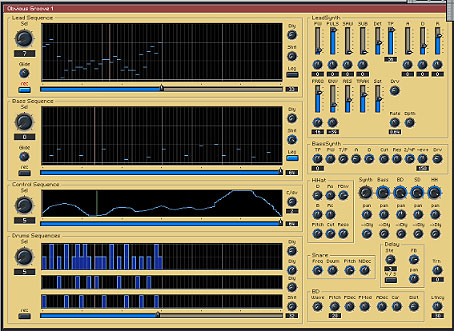
aim:
- an interface with which electronic sound devices like synthesizers
and samplers can be controlled through midi (diverse sensors)
- a new form of instrument that allows musicians to perform entertaining shows
through physical presence on stage (typically the part of the vocalist and guitarist
in the "classic" rock show)
- an attractive, fashionable solution that lives up to the expectations of a
modern musical instrument
conclusion:
WEARABLE MUSICAL INSTRUMENTS
there exist midi guitars, known rock music instruments that can be utilized to control music software
there exist wearable computers, wearable communication tools like mobile phone scarfs, hats with embedded speaker systems...
existing wearable musical instruments:
"Audio Ballerinas" by Benoît Maubrey and Die Audio
Gruppe
http://home.snafu.de/maubrey/
"CosTune" the wearable input device is a cloth (e.g.,
jacket, pants and gloves) on which a number of tactile sensors that correspond
to, for instance, keys of a piano are mounted.
"CosTune was designed to be a communications tool rather than a simple
musical instrument."
www.jaist.ac.jp/~knishi/papers/IWSAWC2001.pdf
the "bodycoder" a sensor suit and vocal performance
mechanism for real-time performance
http://www.hud.ac.uk/schools/music+humanities/music/EDT.html
"musical jacket project"
http://www.media.mit.edu/hyperins/levis/
mpg
IDEAS
an example for a sequenced software synthesizer
the interface should allow the control of all essential parameters

fashionable accessories that allow the implantation of sensors
 |
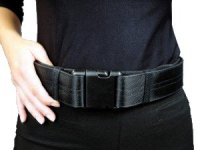 |
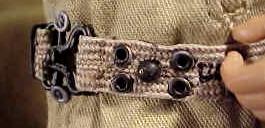 |
the belt, one of the most popular fashion accessoires of today, allows the implantation of several different sensors like touch, flex, bend, pressure sensors, knobs and sliders.
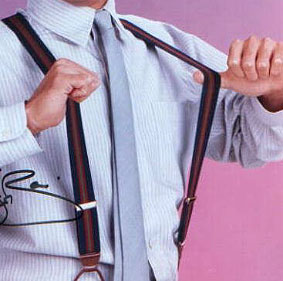
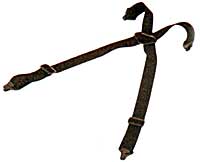
suspenders, a classical male fashion accessoire, invite to be equipped with stretch sensors
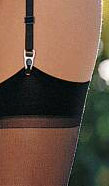
implanting stretch sensors into these kind of suspenders would certainly be especially entertaining
thoughts:
the big disadvantage of simply implanting small sensors into clothes
is the cable problem. as long as no high-tech wireless technology is used the
performer will always be attached to a cable.
the advantage of being attached to a cable is that no devices except the sensors
have to be carried on the body.